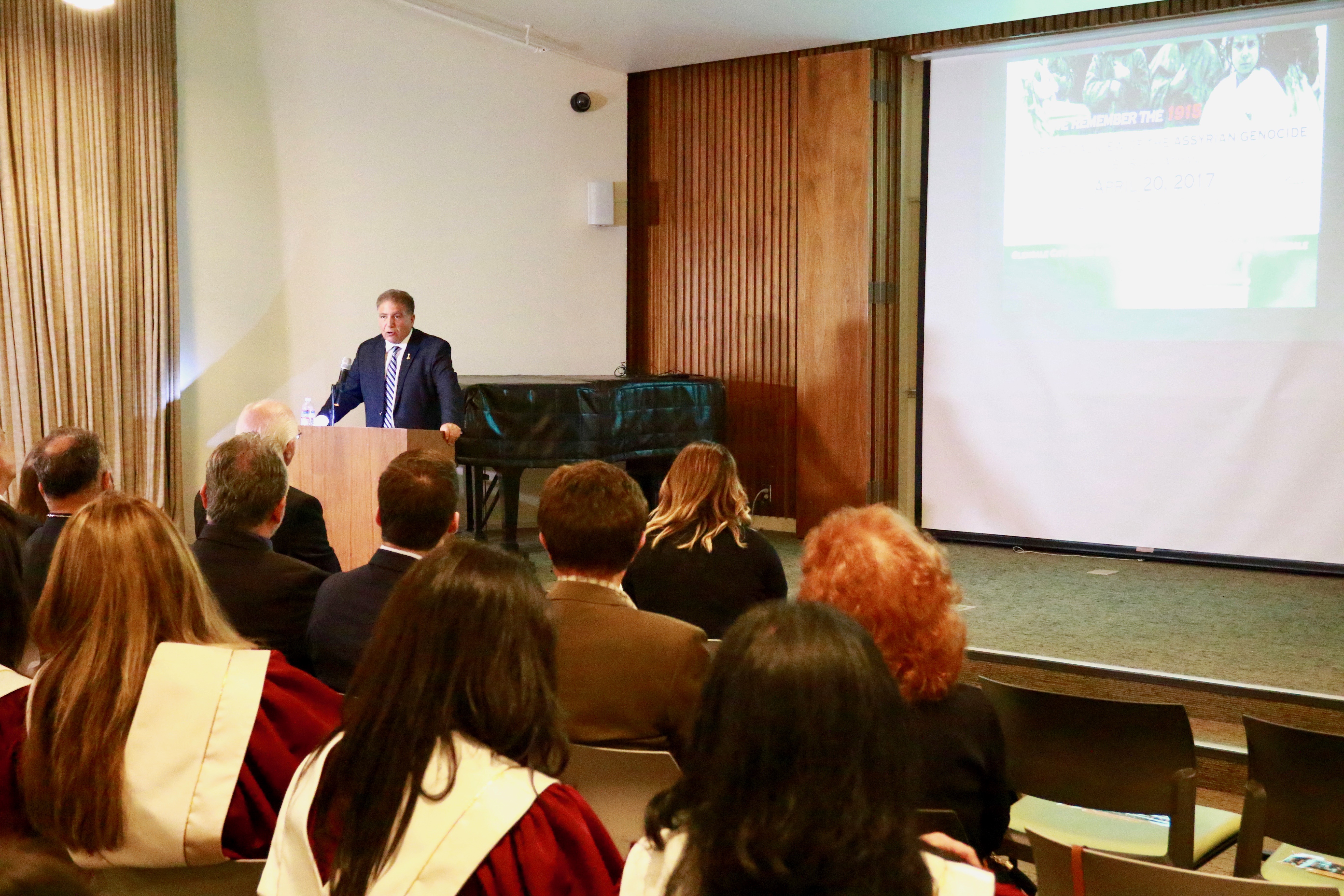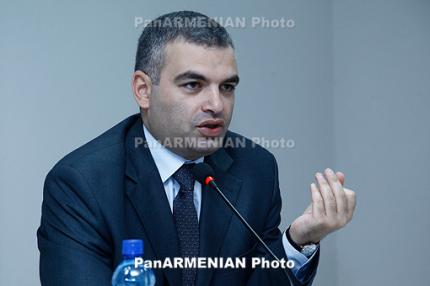A Legislative Survey Report
July 5, 2024
Author: Ramina Jajoo, MD, FACR, FACP, President Seyfo Center, AZ chapter
Editors: Sophia Isaac, EdD, Vice President Seyfo Center, AZ chapter, Jennifer Shahin, and Adam Frindrich
Introduction
Over the past few years, Assyrians have intensified their efforts to advocate for global
recognition of various genocides perpetrated against them. States within several countries, such as the US and Australia, have recognized the Genocide of 1915 and the Simele Massacre of 1933. Such efforts are labor intensive, typically do not result in the desired outcome, require a multidisciplinary approach, and take several years to accomplish at best.
Additionally, the verbiage of the statements, whether done as proclamations or resolutions, tends to differ between states and countries. Furthermore, a direct engagement with the community regarding how these statements should be composed has yet to take place. Seyfo Center, Arizona Chapter saw a need for such feedback in order to understand the community’s needs and popular opinion.
Method
The following four documents that were comparable in content and length were selected:
CAHR62: Adopted by the California State Assembly in 2019
AZHCR2006: Proclamation by the Arizona House of Representatives in 2020
AZHCR2044: Adopted by Arizona Senate and House of Representatives in 2023
FR227: Adopted by the French Senate in 2023
The FR227 was translated using Google Translate. All documents were provided in PDF format. The participants were instructed to read each document carefully, assess it for historical accuracy, political bias, and thoroughness, and then rate each document on a scale of 1 to 5 from least to most favored.
Participants had the option of providing their full name or remain anonymous. Emails and places of residence were required. Participants were encouraged to provide additional comments at the end of the Google Form used to collect data and share the survey with their contacts. The survey was shared via email with Seyfo Center’s subscriber list and on social media platforms from October 17, 2023, till January 27, 2024. Multiple reminders were sent. The emails of the participants were entered into a $500.00 raffle and the winner was contacted on January 30, 2024.
Results
Thirty responses were collected. Two had to be deleted due to errors. Twenty-eight responses were analyzed below.
Eleven participants provided additional comments as follows:
“Why do we always minimize our numbers to 300,000 or 500,000, but use the Armenian
maximalist number of 1.5 million? I have always known that 750,000 Assyrians perished
between 1914 and 1925.”
“It’s important to note that Assyrians are hardly ever called by name, but often “middle
east Christian”…and that we were extremely innovative and progressive…but were often thought of as extinct due to ethnic cleansing, and history books skimping out on sharing our world of wealth in knowledge.”
“I did not quite understand if we were to compare and rank these four documents as the
best to the least good; or whether you want our opinion on each individually without
comparison. I think they are all very good. Each has information that is not mentioned in
the others. Perhaps one document that includes all the information contained in the four
would be ideal. But if the French propose April 24, then what about August 7th?”
“More than 750,000 Assyrians died during the Massacre, maybe 300,000 were executed but
other died during the deportation process.”
“In the document CAHR62-2019 you have removed the Simele massacre but added later in
line 29 and 30, that Iraq has also not recognized the Simele massacre, which was carried
out by the Iraqi Army in August 1933. Two separate issues. Also at the Start, at line
1: Assyrians are a people who have lived in the Middle East since ancient times, should be
changed to the original people of the Turkey, Iraq, Iran, and Syria; document
AZHCR2006-2020, proclaims August 7, 2020, as Assyrian Remembrance Day in the State
of Arizona. should be August 7 of every year. Also, I disagree with the number used of
Assyrian people killed during WW1 to be 300,000.”
“We have to be historically, academically, and scientifically accurate in our research and
submissions and not give in to political, denominational, and ecclesiastic divisions.
Assyrian is a national identity, not ethnic or otherwise. Indigenous people of a land
should never be referred to as “minority”.”
“I would like to see the country of Assyria returned to the Assyrian People. The Arabs
have no historical claims on Mesopotamia. They have only been in a Country called Iraq for
100 years. Send them back to the Arabian Desert where they belong.”
“This is valuable work.”
“It would have been much easier and more accurate if you added an executive summary on the important differences between the resolutions so that we can provide an informed
answer.”
“It is a privilege to acknowledge the noteworthy contributions of our Assyrian
community in the United States. The documents serve as compelling evidence of their
remarkable achievements and dedicated efforts to raise awareness about the Assyrian
Genocides at various government levels and across different states. However, it is crucial
to streamline the terminology used in these documents to refer consistently to our
Community. Some documents only address one specific genocide, overlooking others, while others inaccurately label Assyrians as Assyrio-Chaldean, a term deemed offensive by our Syriac brothers and sisters. On the contrary, some documents appropriately recognize “Assyrians also known as Syriacs and Chaldeans”, which is the most fitting terminology to be used. In addition to shedding light on the Assyrian Genocides, these documents provide valuable insights into statistics, revealing the number of Assyrians residing in America and other pertinent information. Notably, they also highlight the financial assistance extended by the United States during the Assyrian Genocide which I was not aware of.”
“I suggest updating the term from “Middle East”, which the colonizers used, to a more
contemporary term of “Southwest Asia”. In addition, just use the identity “Assyrian”, we
don’t need any confusion with multi-named identity as a Nation.”
The number of participants by location was as follows:
California/USA-10
Arizona/USA-7
Florida/USA-1
Illinois/USA-1
Massachusetts/USA-1
Australia-4
Iraq-1
United Kingdom-1
Cuba-1
Spain-1
Discussion
This unique pilot study was conducted to evaluate community engagement and opinion globally without any restrictions. No additional information was provided to the participants to minimize the potential for bias. The target was to collect 100 surveys however only 30 were collected and 28 analyzed. This lower-than-anticipated number may have been due to the duration of the data collection being limited to only four months, the documents being too long, and the general population’s depth of knowledge on this topic being variable or limited.
CAHR62, adopted by the California State Assembly in 2019 was the most favored, and FR227, adopted by the French Senate in 2023 the least favored. Additionally, upon averaging the ratings of each document, it was found that document AZHCR2006, Proclamation by the Arizona House of Representatives in 2020 was rated the most favorable while FR227 was rated the least favorable. The average for each document was calculated by summating the individual ratings, and then dividing it by the total number of ratings. Furthermore, about 16.1% of the participants chose option 3 for all 4 documents, reflecting neutrality.
These findings may have been confounded by bias caused by the order of presentation of the documents to the participants. Also, twenty out of 28 participants were from the US. Overall though, these biases seem to have had minimal impact on the differences across the documents’ ratings.
The comments provided by eleven participants seem to indicate that there are significant discrepancies in what the general population believes to be the actual number of fatalities as a result of the Genocide of 1915, with numbers ranging from 300,000 to 750,000. This emphasizes the need for larger and in-depth studies to better understand the needs and opinions of the Assyrian community.
For more information or to volunteer with Seyfo Center write to resolution@seyfocenteraz.com or P.O. Box 45481, Phoenix, AZ 85064, or visit www.seyfocenter.com
Profiles: Instagram, X (Formerly Twitter), Facebook, LinkedIn



